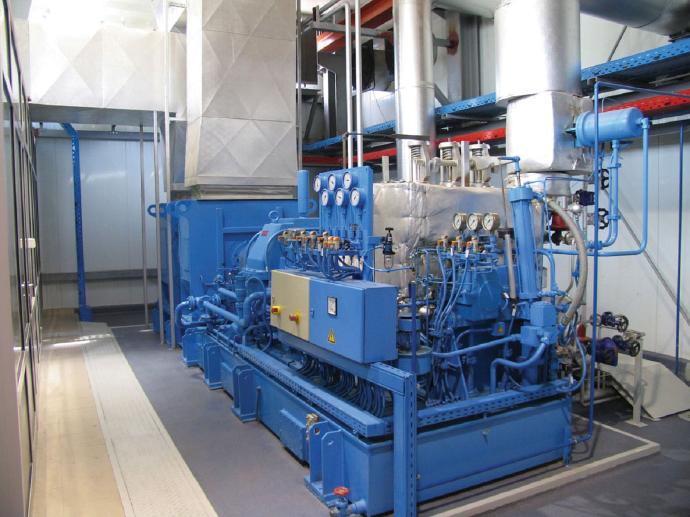Cogeneration / Combined Heat & Power (CHP)
Cogeneration / Combined Heat & Power (CHP)
MEEMCO Environment has the solutions when it comes to generating power for heat. One of the technologies for generating power and heat is CHP.
Cogeneration or combined heat and power (CHP) is the use of a heat engine or power station to generate electricity and useful heat at the same time. Trigeneration or combined cooling, heat and power (CCHP) refers to the simultaneous generation of electricity and useful heating and cooling from the combustion of a fuel or a solar heat collector.
Cogeneration is a thermodynamically efficient use of fuel.
In separate production of electricity, some energy must be discarded as waste
heat, but in cogeneration some of this thermal energy is put to use. All
thermal power plants emit heat during electricity generation, which can be
released into the natural environment through cooling towers, flue gas, or by
other means.


The supply of high-temperature heat first drives a gas or steam turbine-powered generator and the resulting low-temperature waste heat is then used for water or space heating as described in cogeneration. At smaller scales (typically below 1 MW) a gas engine or diesel engine may be used. Trigeneration differs from cogeneration in that the waste heat is used for both heating and cooling, typically in an absorption refrigerator. CCHP systems can attain higher overall efficiencies than cogeneration or traditional power plants. In the United States, the application of trigeneration in buildings is called building cooling, heating and power (BCHP). Heating and cooling output may operate concurrently or alternately depending on need and system construction.

Cogeneration was practiced in some of the earliest installations of electrical generation. Before central stations distributed power, industries generating their own power used exhaust steam for process heating. Large office and apartment buildings, hotels and stores commonly generated their own power and used waste steam for building heat. Due to the high cost of early purchased power, these CHP operations continued for many years after utility electricity became available.